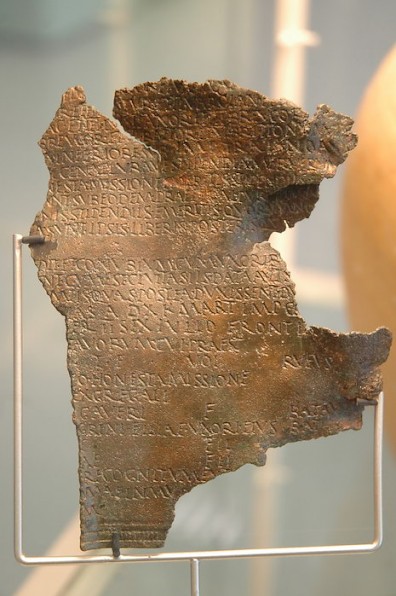Elst
Q1880328Elst: town in the Netherlands, site of a very big Roman temple.

Modern Elst occupies the site of an ancient village halfway between the fort at Arnhem-Meinerswijk and the Batavian city Nijmegen. It is situated on the banks of what was once a minor branch of the river Rhine and it is well-known for one of the largest temples north of the Alps, which is situated under the present church and was discovered after that monument had been bombed during the Second World War.

The site was already recognized as a holy place in the Iron age, before the Romans settled the Batavians in this area. In those days, the first century BCE, it was an open air sanctuary. A first temple may have been built over here at the end of the first half of the first century CE.
It was rebuilt in the first years of the second century, which may or may not have something to do with the visit of the emperor Trajan to Germania Inferior. A diploma, now in the Valkhof Museum in Nijmegen, can also be dated to these years. In the ancient world, large buildings were often presented to a town by a rich man, who gained prestige and political influence in return. However, the temple of Elst, which can dendrochronologically be dated after 96, was far too expensive for an individual. Imperial sponsorship is almost certain.

This building was made of natural stone and measured 23 x 30 meters and must have had a height of 17 meters - comparable to a modern building of four or five stories. The temples of a typical Italian town like Pompeii were smaller and were erected from bricks, which suggests that the god of Elst was very important indeed.

Yet, it is certain that the god of Elst was identified by the Romans with one of their own gods, because near the sanctuary, the remains of a traditional Italian sacrifice were found, a suovetaurilia. The only deities who received this triple offering of pig, sheep and bull were Mars and Mater Matuta (the male and female deities of fertility). Again, this may or may not be connected to the visit of Trajan to this area.

We do not know the name of the Batavian god or goddess who was venerated at Elst, but it is possible that the Romans identified him with their Hercules, because the remains of a statuette have been found, which show the club of this demigod. Since the supreme god of the Batavians, Magusanus, was equaled to Hercules, it is very tempting to think that Magusanus was venerated in the Elst temple. However, Hercules is not really known as a fertility god.
Elst had at least one other sanctuary, which was discovered near the big temple.
The big temple was abandoned in the late third century, and there are no finds from Late Antiquity. The ruins served as foundation for a church that was built in the eighth century. There is no evidence for continuity of cult.